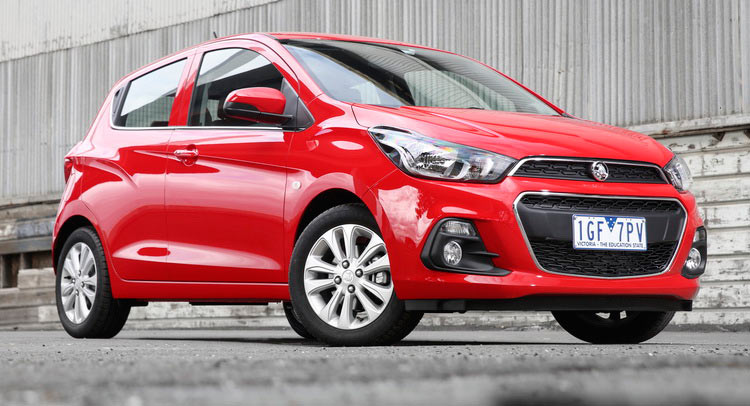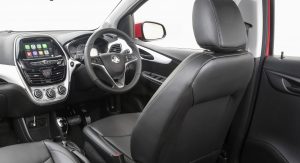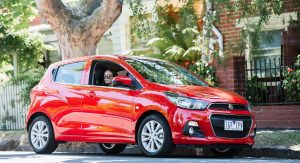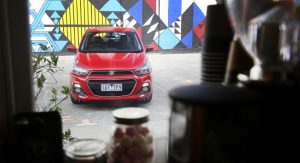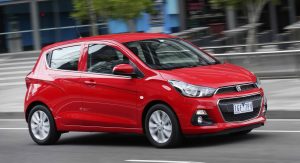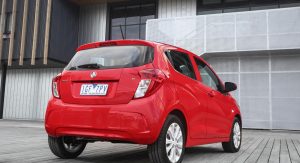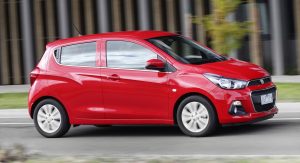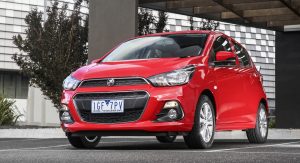After announcing that its new city car will go on sale in April, Holden is now ready to share everything that went into its development.
According to the company’s director of vehicle performance Ian Butler, the Spark was developed with a “laser-like focus on the customer”, not just in connectivity, but also performance.
“Holden engineers have been heavily involved in the development of Spark from the outset, to make sure Australian customer needs are satisfied,” said Mr. Butler. “We know that Spark drivers are more adventurous and will likely experience a variety of roads, including part-sealed bitumen and gravel on trips camping, to the beach or just down to the shops.”
Early in its development, Holden engineers traveled to South Korea on multiple occasions in order to define suitable powertrain combinations and important content to aid noise and vibration improvements.
“We’ve been working as part of a global GM team to help develop the CVT transmission available on Spark for the Australian market, and when combined with its all-new 1.4-litre engine, we have been able to deliver a 16 per cent increase in power and up to a 20 per cent increase in torque,” added the Holden exec.
In order to make the car drive like “a Holden should”, Australian engineers used a wide array of facilities available to them at the company’s Lang Lang location, where they were able to perform critical tuning work for the suspension, steering and chassis.
“Key to Spark’s unmistakable Holden DNA is its Australian-specific suspension tune, developed after hundreds of hours and thousands of kilometers at Lang Lang,” said vehicle dynamics engineer Rob Trubiani.
“We have introduced alternative dampers and tuned them specifically to improve road holding and increase body control. This gives the driver an improved ride balance especially over some of the more challenging road surfaces we see outside the cities.”
As for the steering and chassis tuning, Trubiani revealed that even though customers aren’t expecting big performance from the Spark, the engineers still tried to provide the car with a more “on-center feel, crisper response and a linear effort build up, which will give control and confidence to all drivers.”
During the testing phase, Holden engineers selected a range of seven Sparks for a “Captive Test Fleet”, allowing them to understand how the car performs in day-to-day life. Two of the seven cars were actually tested by handpicked young employees and student interns over a three-month period.
“Testing the car using a combination of experienced engineers and young employees was a real eye-opener for us,” Mr. Butler went on to say.
“We have a great Co-operative Student Program that gives approximately 70 university students a year the opportunity to experience a 12-month placement in the industry whilst studying for their degree. It has been incredibly beneficial to be able to lean on the opinions of our student employees and make sure we deliver a car that meets their needs.”
Holden’s all-new Spark is set to go on sale at dealerships across Australia starting next month.







